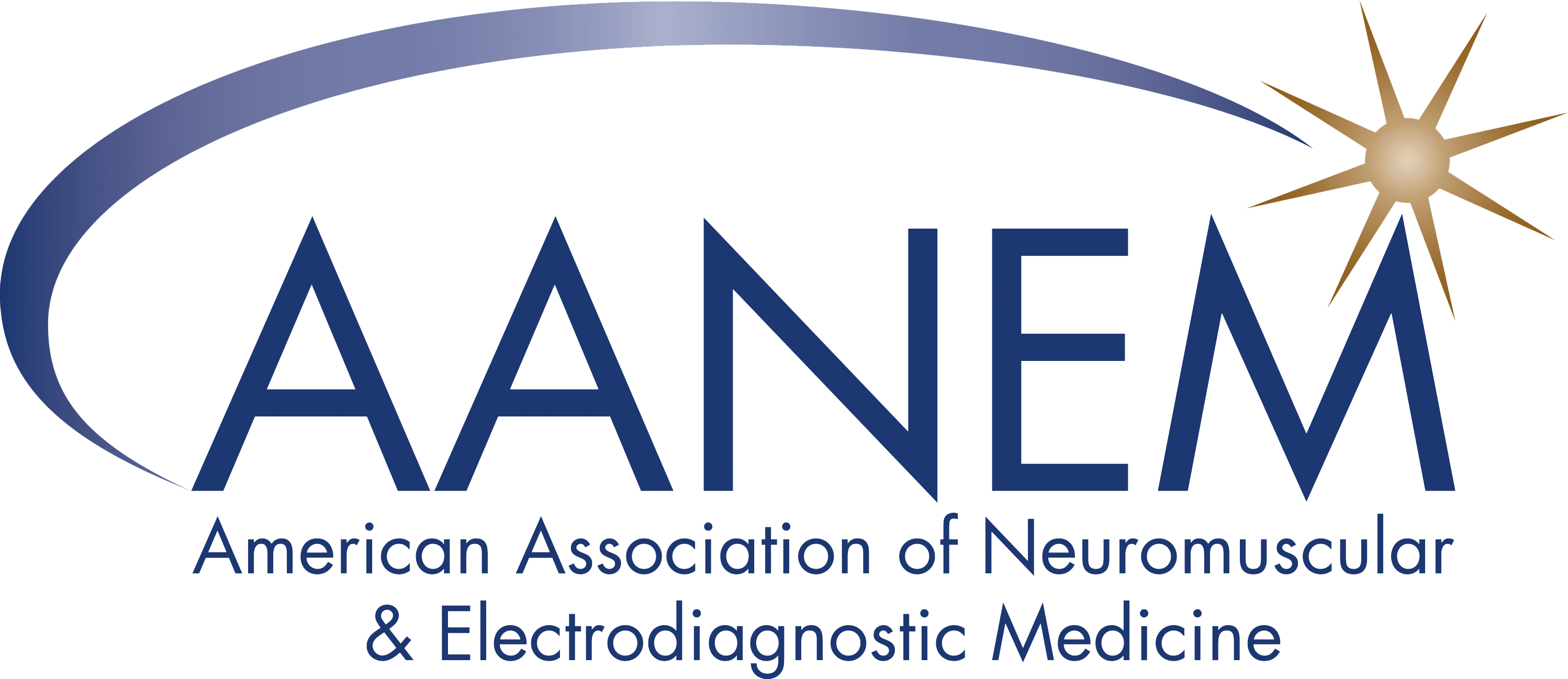AANEM Connect

Join this vibrant community of professionals eager to exchange ideas, share resources, and engage in meaningful discussions. Use this platform as a sounding board to seek advice for navigating challenging cases or career decisions, and receive expert guidance from generous peers who want to help you succeed.
Interesting Median Nerve Injury
I saw him back a few days ago for repeat needle EMG. He stated other than feeling his pronation strength was somewhat better, there were no interval changes. Exam continues to show significant atrophy over the pronator teres with the FCR now showing hypertrophy. He demonstrated some active pronation but continued to have no active flexion of the DIP joint of the index finger.(I believe the FCR is now performing pronation duties). Needle EMG again showed extensive spontaneous activity with no active motor units to the pronator teres, pronator quadratus and FDP to the index finger.
Functionally, he is minimally impaired and not inclined to do anything invasive, such as exploratory surgery.
Questions/Observations:
1. Given the trauma resulting in a radial head fracture, I assume the median nerve was injured at the level of the elbow. Given the severity of denervation to the pronator muscles and FDP to the index finger, I do not have a good explanation for why other muscles were spared and why no median sensory injury occurred. Any thoughts on this?
2. Does anybody know of anatomic variant of the anterior interosseous nerve where the pronator teres would also be innervated, and/or the AIN comes off as proximal as the elbow?
3. Regarding the FDP, I find it interesting that the only denervation is to the index finger. I assume the muscle could have more ulnar dominance with the median nerve only innervating the index finger portion of the muscle, which would explain the findings and also explain why reinnervation is not occurring from collateral sprouting of the surviving median fibers to the middle finger. Any thoughts on this?
4. Regarding the nerve conduction study to the pronator quadratus, I was surprised to have an intact conduction on the affected side, given the clinical and needle EMG findings. This is not a study I do very often. The waveform was different from the intact side, and my assumption is the electrode may have picked up signal from the FPL and/or other distal median muscles. Doing the study using a needle pickup probably would have been useful. does anybody have experience or comments on this?
In order to comment on posts and view posts in their entirety, please login with your AANEM member account information.
I enjoy participating in the AANEM Connect Forum for a number of reasons. There are very fundamental questions posed on a frequent basis that cause me to pause and ask myself, ‘Why didn’t I think of that?’ Also, I continue to learn new things when others contribute their thoughts and experiences. Connect is an excellent opportunity for members to interact and to address any topic, including those that may not be discussed at an annual meeting or journal article.
Daniel Dumitru, MD, PhD
